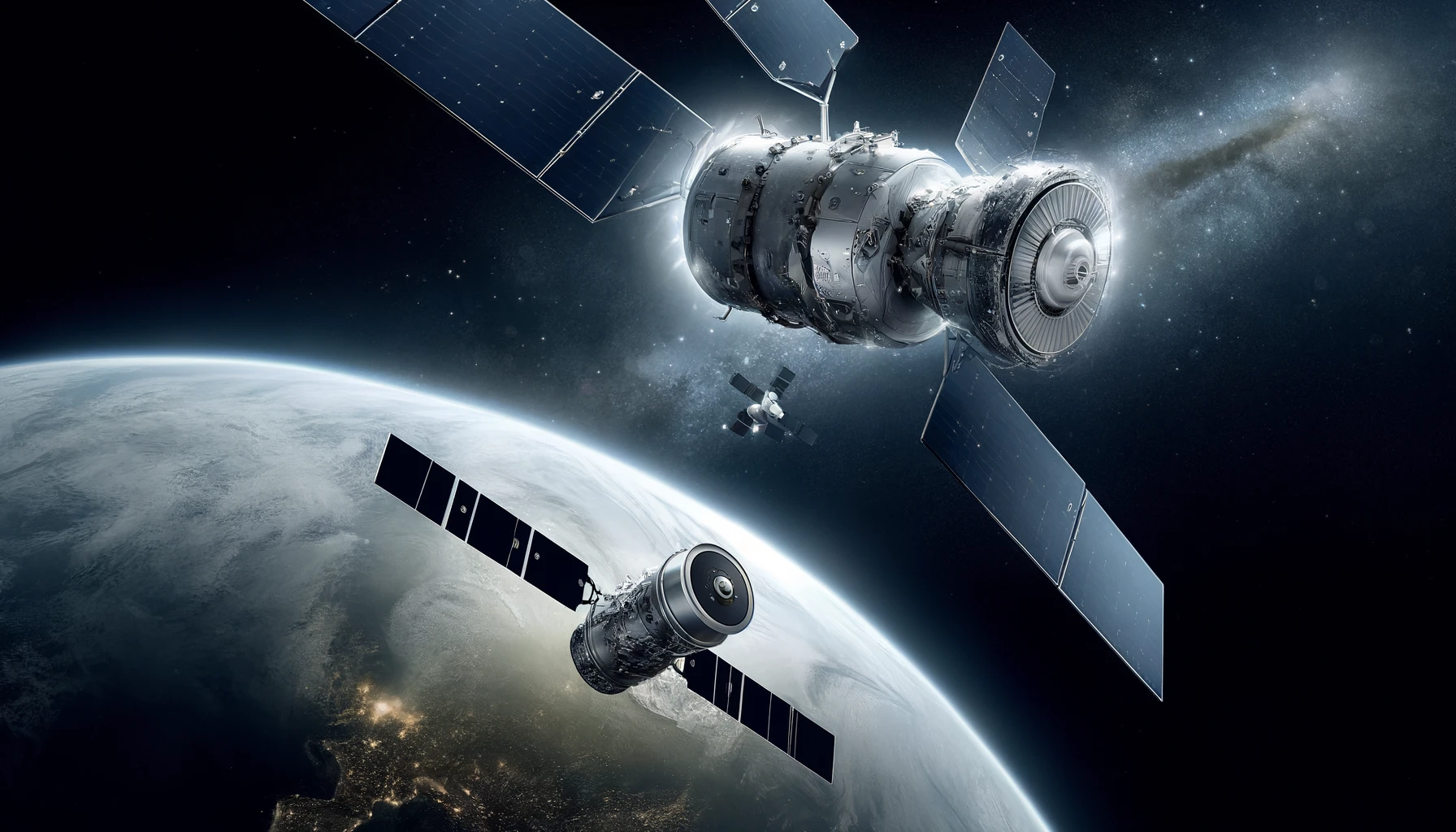A New Era of Space Maneuverability
The U.S. Space Force, in partnership with Starfish Space, has announced a groundbreaking mission to enhance the maneuverability of satellites in orbit. This initiative, part of the Space Force’s Assured Access to Space program, aims to demonstrate the capabilities of Starfish Space’s Otter satellite docking spacecraft. The $37.5 million contract, recently awarded to the Washington-based startup, signifies a strategic move to bolster national security through improved space asset maneuverability and resilience.
The Otter Spacecraft and Its Capabilities
Starfish Space’s Otter spacecraft is designed to dock with other satellites, offering services such as refueling, course correction, and life extension. This capability, known as “augmented maneuver,” is pivotal for maintaining the operational integrity and longevity of national security assets in space. The full-scale Otter project follows the successful test of a smaller version, Otter Pup, which demonstrated the spacecraft’s sensing and guidance systems through a rendezvous with another satellite.
Strategic and Financial Backing
The mission is backed by the Department of the Air Force’s Strategic Funding Increase (STRATFI) program, which encourages private capital investment alongside government funding. Starfish Space will utilize the $37.5 million from the Space Force in addition to $30 million from venture capital investments to advance the Otter project. The demonstration mission is scheduled to launch as early as 2026, with operations extending over two years under the STRATFI contract.
Enhancing Space Operations
From my perspective, this collaboration marks a significant leap forward in space operations. The ability to dock and maneuver satellites in orbit enhances the strategic flexibility and responsiveness of space assets, crucial for national security. Moreover, it sets a precedent for responsible space behavior, including orbital transfer and disposal, ensuring the sustainability of space operations.
The involvement of multiple entities, including the Air Force Research Laboratory’s SpaceWERX program, Space Safari, and the SSC Commercial Space Office, underscores the comprehensive approach to advancing space maneuverability. This multi-faceted collaboration aims to deliver the necessary capabilities for dynamic space operations within a relevant timeframe.
Conclusion
As I see it, the Space Force and Starfish Space’s roadmap for the Otter satellite docking mission is a testament to the evolving landscape of space operations. By integrating cutting-edge technology and strategic partnerships, this initiative not only enhances national security but also paves the way for innovative commercial space services. The successful implementation of this mission could revolutionize how we manage and maintain our assets in space, ensuring sustained operational capability and resilience in an increasingly contested domain.






